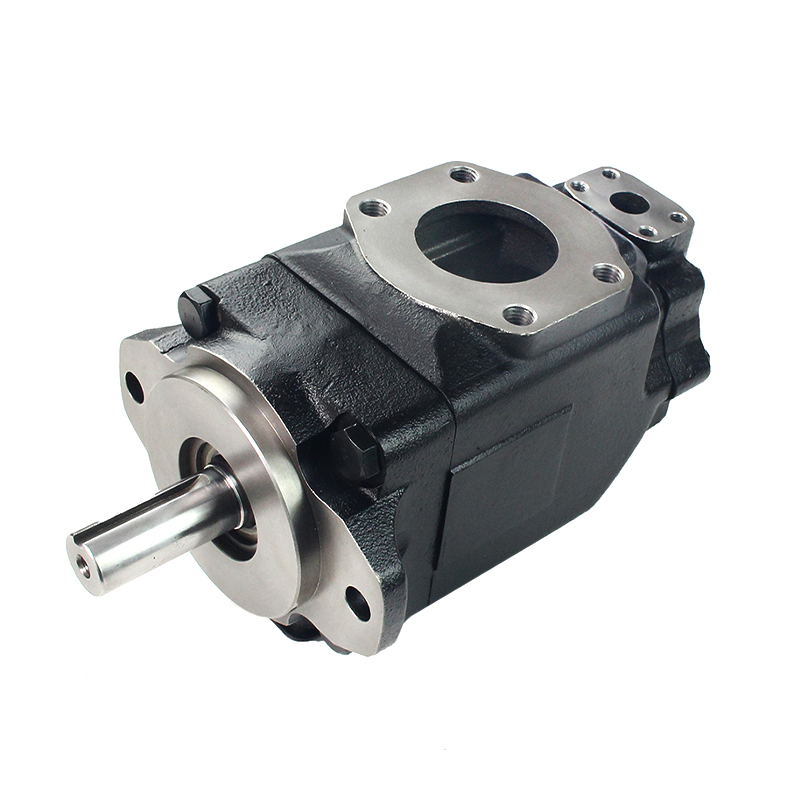In the world of hydraulic systems, the stars often shine brightly—think of the powerful hydraulic presses or the robust excavators. However, lurking in the shadows, performing their crucial roles, are the unsung heroes: vane pumps. These pumps may not receive the same fame as their piston counterparts, but they play an indispensable role in generating pressure and flow.
Understanding Vane Pumps
Vane pumps are a type of positive displacement pump, which means they move fluid by trapping a fixed amount and forcing (displacing) it into the discharge. The design consists of a rotor with several slots that hold vanes. These vanes slide in and out of the rotor as it turns, creating chambers of varying volume.
When the rotor spins, the centrifugal force pushes the vanes against the pump casing, allowing them to form a seal with the walls. This action creates low pressure on the inlet side of the pump, drawing fluid into the pump from the reservoir. The rotation continues, and as the fluid fills the expanding chambers, it is ultimately forced out through the discharge port when the vanes reach the narrowest point of the pump casing.

Creating Pressure: The Mechanics Behind It
The fundamental principle behind how vane pumps create pressure lies in their design and operation. As the vanes move outward due to centrifugal force, they create a vacuum effect on the inlet side. This vacuum draws hydraulic fluid into the pump. Once the vanes rotate to the discharge side, the volume of the chamber decreases, forcing the fluid out at a higher pressure.
The pressure generated by a vane pump can be influenced by several factors, including the pump's design, the speed of the rotor, and the viscosity of the fluid. Generally, vane pumps can provide a smooth and continuous flow, making them ideal for applications requiring consistent pressure, such as in hydraulic lifting systems.
Flow Characteristics of Vane Pumps
Vane pumps are known for their ability to provide a steady flow, which is crucial for many hydraulic applications. The flow rate produced by a vane pump is directly proportional to the speed of the rotor and the displacement volume of the pump. One of the unique features of vane pumps is their ability to maintain a relatively constant flow even as the pressure fluctuates in the system. This characteristic makes them well-suited for dynamic applications where flow consistency is key.
Moreover, vane pumps can handle varying fluid viscosities, which is important in many industrial applications. The ability to adapt to different fluids allows these pumps to be used in a wide range of scenarios, from powering hydraulic machinery to operating hydraulic brakes in vehicles.
Vane pumps may not be the flashiest components in a hydraulic system, but their ability to generate pressure and consistent flow makes them invaluable. With their unique design that combines simplicity and efficiency, these pumps ensure that hydraulic systems operate smoothly and effectively. Whether in heavy machinery, automotive systems, or industrial applications, vane pumps continue to be the reliable workhorses that keep the wheels of industry turning.

 English
English русский
русский Español
Español عربى
عربى

